SpaceX Sets the Stage for Epic Starship Rocket Launch: Mars Dreams and Lunar Ambitions
SpaceX is gearing up for the second test launch of its colossal Starship rocket on November 18, aiming for success after a spectacular explosion during the initial attempt in April. The event holds immense significance not only for SpaceX but also for Elon Musk’s vision of colonizing Mars and NASA’s lunar exploration plans.
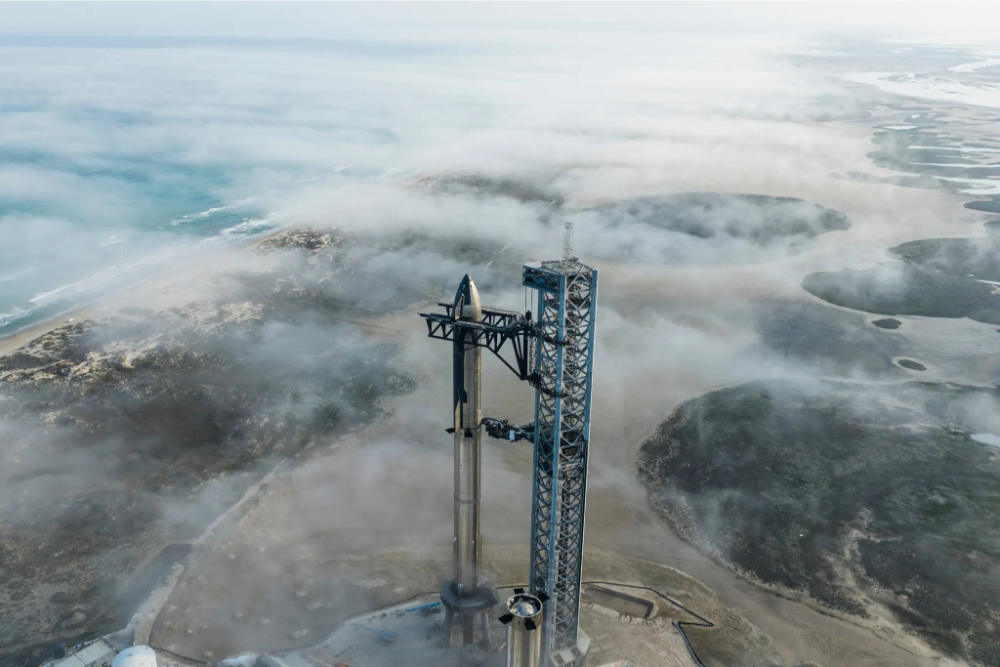
The Starship’s Remarkable Specifications:
Standing at an impressive 397 feet (121 meters) tall, the Starship rocket is the largest ever built, surpassing the Statue of Liberty in height. The Super Heavy booster generates a staggering 16.7 million pounds (74.3 Meganewtons) of thrust, nearly double that of NASA’s Space Launch System (SLS). Both components are designed with reusability in mind, a key strategy to cut down on launch costs.

Previous Setbacks and Explosions:
The first test flight in April witnessed a spectacular explosion over the Gulf of Mexico, attributed to the failure of the spaceship’s two stages to separate. SpaceX, known for its rapid development approach, views such explosions as valuable lessons informing design choices faster than ground tests. However, time constraints loom as NASA awaits a modified Starship for a planned lunar landing in 2025.
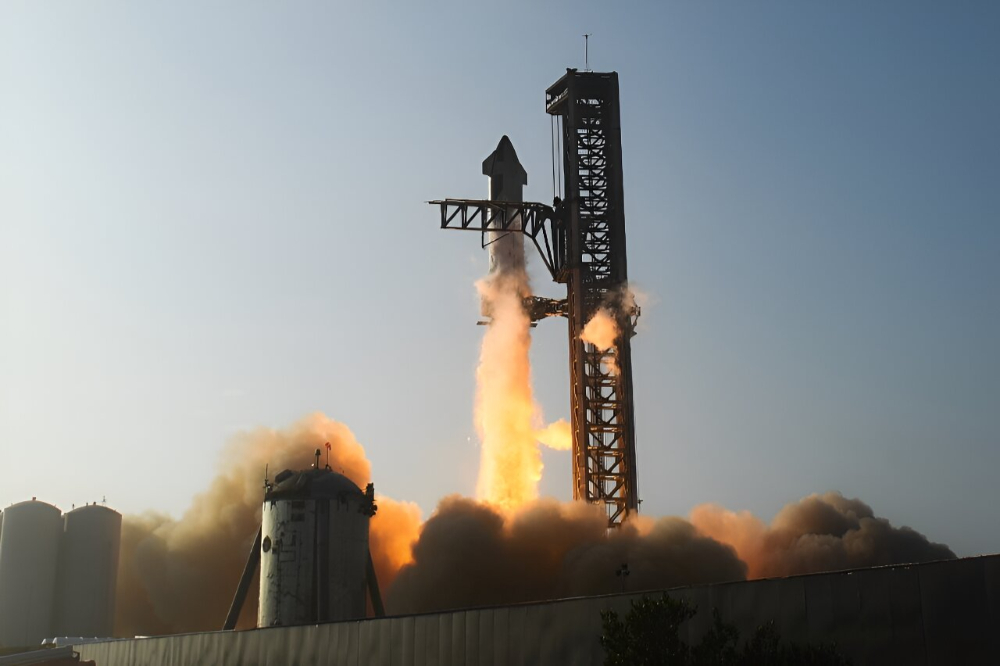
Modifications and Design Changes:
Learning from the previous attempt, SpaceX has made crucial modifications. Notably, the Starship now employs “hot staging,” where the upper stage engines ignite while still attached to the booster, a technique commonly used in Russian rockets. This change aims to unlock greater power and increase the chances of a successful flight. Other enhancements include improvements to vents to minimize the risk of explosions.
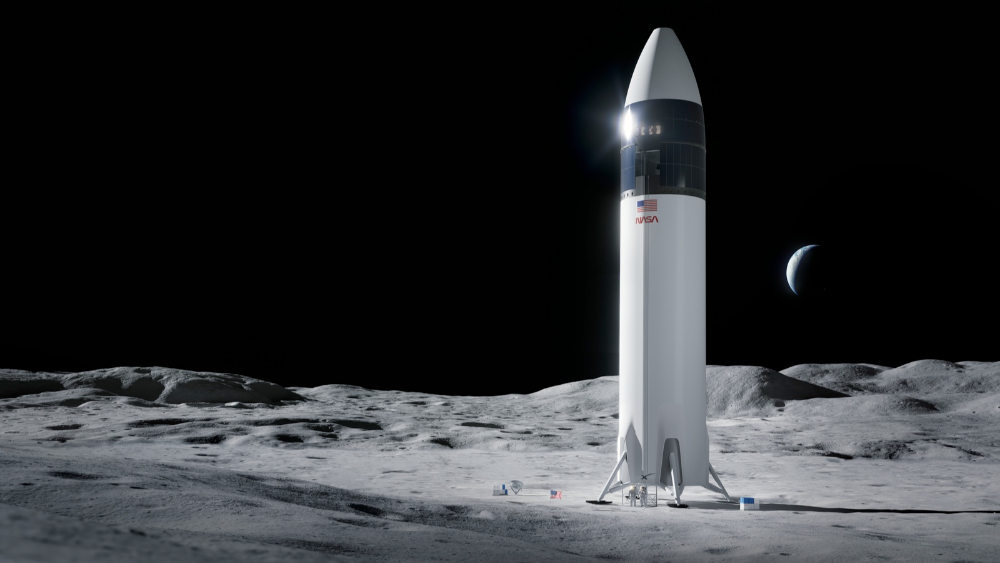
Live Streaming and Launch Window:
The excitement of the Starship launch will be broadcasted on SpaceX’s website and Elon Musk’s social media platform, X. The scheduled blast-off from Boca Chica, Texas, is set for 7:00 am local time, within a 20-minute launch window.
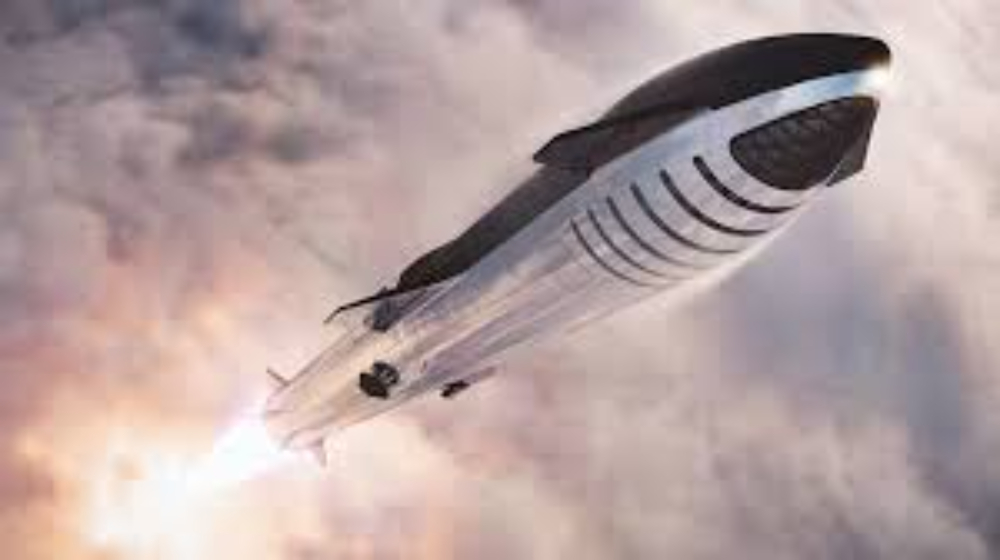
Goals of the Second Flight:
The objectives of the second flight mirror those of the initial attempt. The booster is expected to land in the Gulf of Mexico shortly after launch, while the upper stage will execute a partial trip around Earth before a controlled descent into the Pacific Ocean near Hawaii after 90 minutes.
Regulatory Clearances and Environmental Concerns:
After months of investigation, the Federal Aviation Administration (FAA) has given the green light for the second attempt. However, conservation groups have voiced objections, filing lawsuits against the FAA for alleged non-compliance with environmental laws.

Future Launches and Collaborations:
Regardless of the outcome, SpaceX is already eyeing future Starship launches, emphasizing its commitment to pushing the boundaries of space exploration. The Starship’s role extends beyond SpaceX’s ambitions, involving collaboration with NASA for lunar missions and representing a significant player in the broader landscape of space exploration.
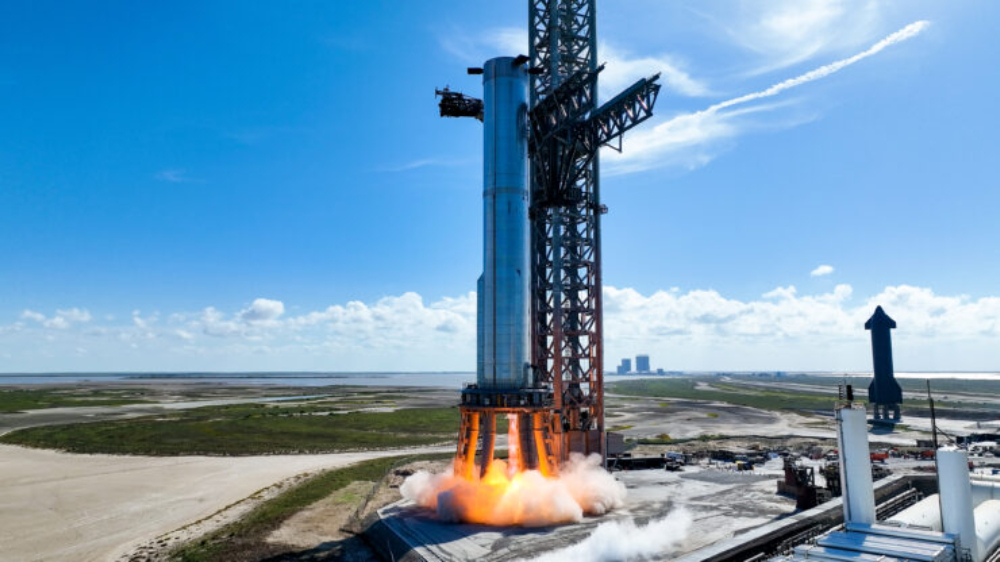
As SpaceX prepares for this pivotal launch, the eyes of the world are on the Starship, a symbol of humanity’s audacious goals in space exploration. Success in this mission not only advances SpaceX’s ambitions but also contributes to the collective dreams of reaching Mars and returning to the Moon.
